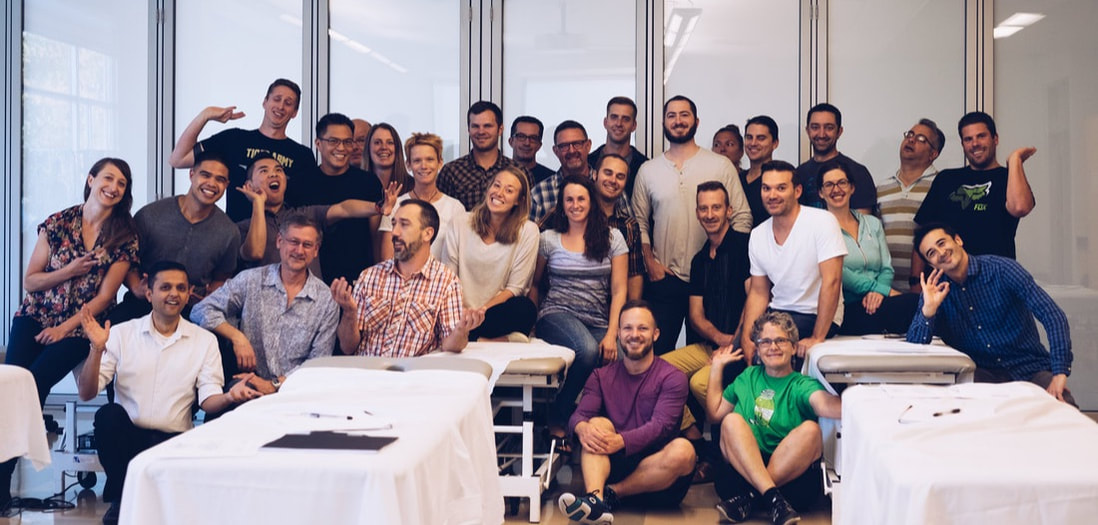- Store
- >
- Online Courses
- >
- Neurodynamics Course - Lower Quarter 1
Neurodynamics Course - Lower Quarter 1
SKU:
OL/LQ1
$395.00
$395.00
Unavailable
per item
Clinical Neurodynamics is the world's most taught neurodynamics course.
Lower Quarter 1 ($395.00 US dollars = approx. $595.00 Australian dollars, $535.00 Canadian dollars, €364.00 Euros, £310.00 British pounds.
The manual techniques and theory for the main nerves and nerve roots (lumbosacral, sciatic, tibial nerves).
ALL YOU NEED TO KNOW IS IN THIS COURSE!
Lower Quarter 1 Course
|
Access - 3 months
Content time - 12 hrs Theory - 7 hours, compulsory and tested Practical - 5 hrs, voluntary but very useful clinically. |
|
What You Learn:
General - integration of nervous system movement and physiology - diagnosis of dysfunction categories - newly validated pain relieving mechanisms for cervical radiculopathy and brachialgia - inclusion and exclusion criteria - progressions from low to athlete levels - resolution strategies - the manual techniques are a set up for home exercises. |
Specific
Learn: - manual skills with neurodynamic testing and treatment - diagnosis and interpretation of neurodynamic testing and musculoskeletal relationships - new repertoire of diagnosis and treatment of techniques safety in relation to neurodynamics - diagnosis of functional disorders in neurodynamics - selection of treatment for specific functional disorders - treatment progressions from low to athlete levels - contraindications to neurodynamic treatment and when to stop treatment. |
OUR RECOMMENDATION - Even though you might want to save money on only doing the upper quarter course, we recommend you purchase the Upper and Lower Quarter 1 course because the theory is the same, you get the entire body for only a little more AND it gives you access to NDS practitioner training and certification through the hybrid model. In the long term, it can save you time and money.
|
|
Highlights
Lower quarter: - lumbar nerve root: radiculopathy and sciatica - specific nerve root dysfunctions within the foramen - tension, pathophysiology, opening, closing, muscle dysfunctions - sciatic nerve: sliders through to tensioners - piriformis and deep gluteal syndrome techniques - foot and heel pain and tarsal tunnel syndrome. |



